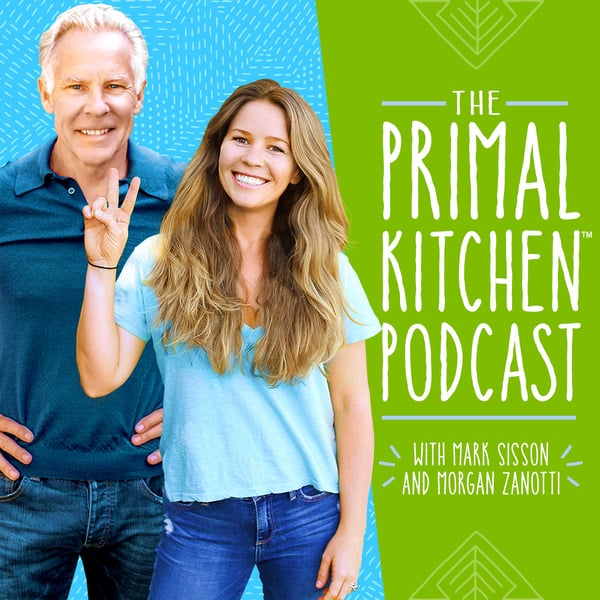Adaptogens: Maca Root, Sea Buckthorn Oil, and Schisandra
The Primal Kitchen Podcast
Mark Sisson & Morgan Zanotti
4.4 • 717 Ratings
🗓️ 15 August 2017
⏱️ 17 minutes
🧾️ Download transcript
Summary
I’ve covered a number of adaptogens over the past few months including American and Asian ginseng, ashwagandha, astragalus, and holy basil—and for good reason. They offer an effective means to combat stress as well as boost health and performance from a number of angles. I’ve enjoyed experimenting with many of them and even use some on a regular basis.
I thought I’d continue the series with a look at 3 additional adaptogens: maca, sea buckthorn, and schisandra. See what you think.
(This Mark's Daily Apple article was written by Mark Sisson, and is narrated by Tina Leaman)
Transcript
Click on a timestamp to play from that location
| 0:00.0 | The following Mark's Daily Apple article was written by Mark Sisson, and is narrated by Tina Lehman. |
| 0:17.0 | Adaptogens, Makarut, Seabuck, Thorn Oil, and Shazandra. |
| 0:21.6 | I've covered a number of adaptogens over the past few months, including American and Asian |
| 0:27.6 | ginseng, Ashwaganda, Astragalus, and Holy Basel, and for good reason. |
| 0:32.6 | They offer an effective means to combat stress as well as boost health and performance from a number |
| 0:38.6 | of angles. I've enjoyed experimenting with many of them and even use some on a regular basis. |
| 0:45.4 | I thought I'd continue with the look at three additional adaptogens, Maka, Seabuckthorn, and Chisandra. |
| 0:52.2 | See what you think. From Dirt to to dispensary, the life cycle of your |
| 0:57.3 | adaptogen. Maka root. Maka is a cruciferous biannial herb that hails from the high |
| 1:04.5 | Indian peaks of Peru. Grown primarily for its fleshy root, maca is similar in growing habitat in size to turnips and radishes. |
| 1:14.3 | Its green, fragrant tops grow above ground, but most of the action takes place below the surface, |
| 1:20.5 | with the root varying considerably in shape, size, and color depending on the subspecies. |
| 1:27.1 | Most maca cultivation happens at high |
| 1:29.3 | elevations. Think 14,000 feet in Peru, Bolivia, and some of the higher spots of Brazil. |
| 1:35.3 | Chances are, however, your supplement was grown in Peru. |
| 1:38.3 | Maka, sometimes called Peruvian ginseng, takes about seven months to produce small flowers and |
| 1:45.5 | go-to-seat. It's harvested at this point, washed, and left in covered tents to dry out. |
| 1:52.2 | Traditional Peruvian custom is to then put the plants in large sacks and give them a good |
| 1:57.7 | rustle up, with the seeds falling into tarps below and subsequently collected |
| 2:02.4 | for the next round of cultivation. The root itself is then either sold locally as a whole root, |
| 2:08.6 | they eat the stuff like potatoes in the Indian villages of Peru, ground to a powder for supplemental |
| 2:14.1 | purposes, or sent off for processing into beverages, wine, liquors, and even |
... |
Please login to see the full transcript.
Disclaimer: The podcast and artwork embedded on this page are from Mark Sisson & Morgan Zanotti, and are the property of its owner and not affiliated with or endorsed by Tapesearch.
Generated transcripts are the property of Mark Sisson & Morgan Zanotti and are distributed freely under the Fair Use doctrine. Transcripts generated by Tapesearch are not guaranteed to be accurate.
Copyright © Tapesearch 2025.

